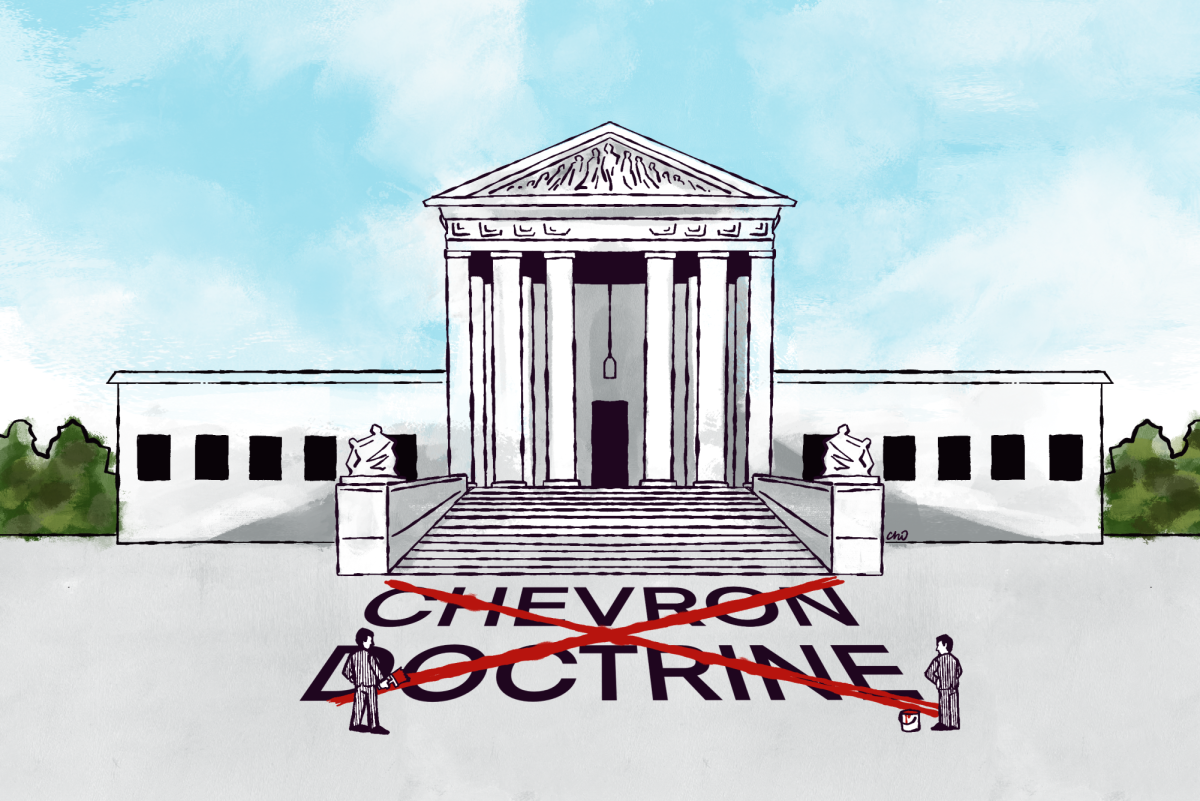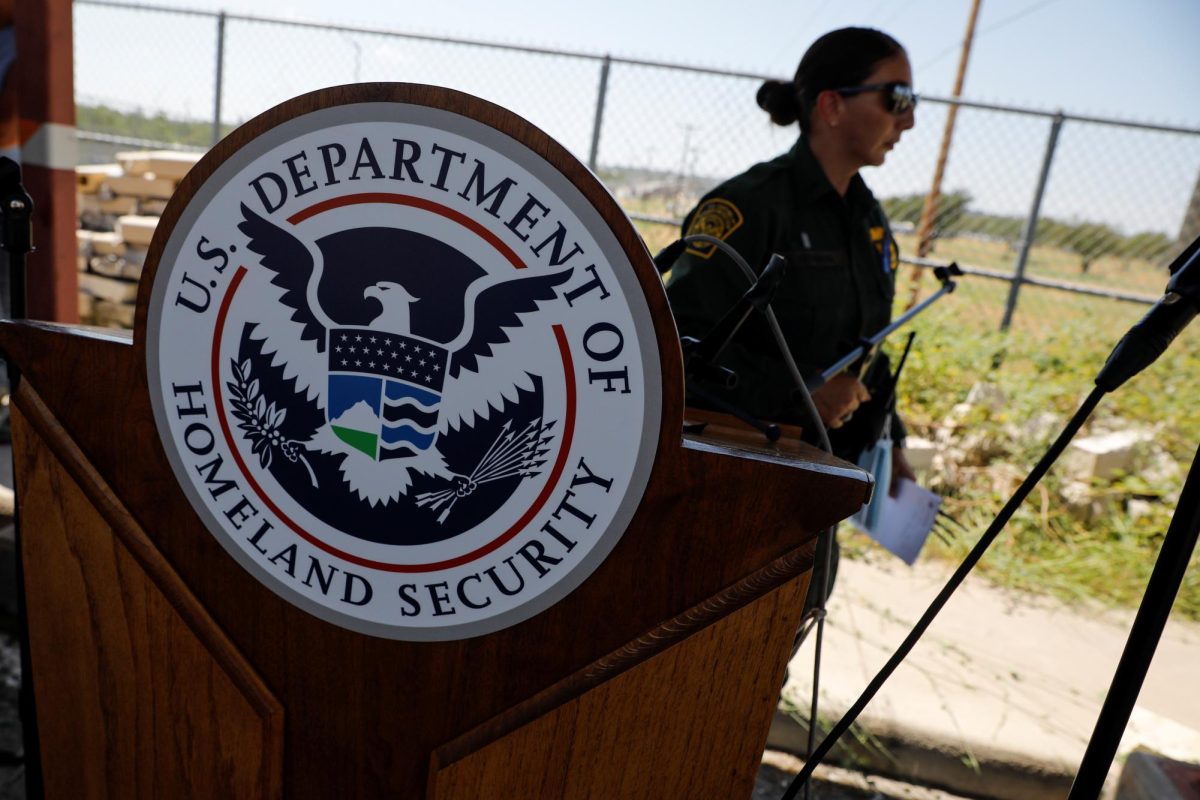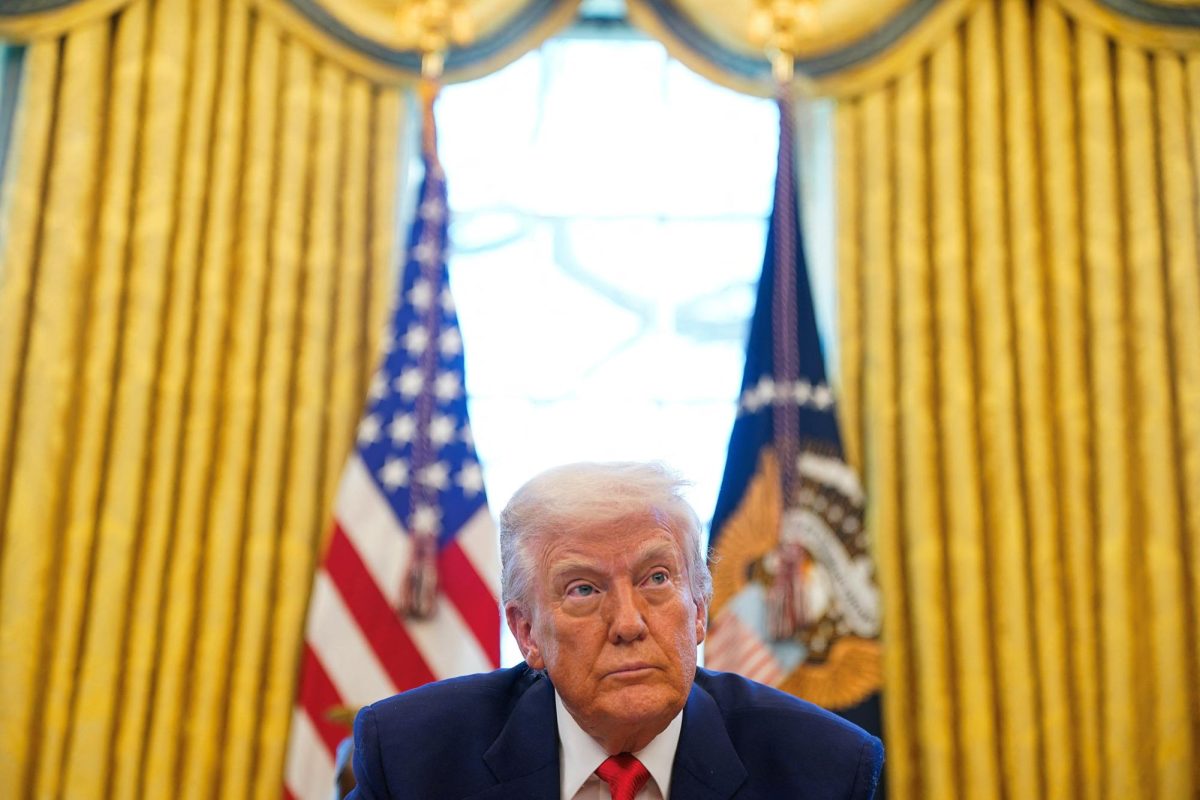On June 28, the Supreme Court overturned the Chevron Doctrine through the Loper Bright ruling, leaving courts to interpret specific legislative issues that may need clarification.
In layman’s terms, the Chevron Doctrine says that judges must accept reasonable interpretations of ambiguous statutes by administrative agencies, even if the judges themselves might favor alternative interpretations. So, Chevron put more power in government agencies’ hands rather than judges.
Professor of law at Texas A&M School of Law Mark Burge said the ruling was explicitly used to understand statutes managed by a particular agency.
“Cases later clarified that this deference was due only to statutes that were made and managed by that agency,” Burge said. “For example, the EPA might have an interpretation of the Clean Air Act that should be given deference, and we would not give deference to the Department of Commerce interpreting the Clean Air Act because that’s not … delegated to that agency.”
Citizens’ Climate Lobby at A&M, a student organization focusing on environmental justice, released a statement surrounding the impact the ruling will have on their lobbying efforts.
“This ruling puts important climate and environmental regulations at risk,” the statement reads “That’s a harsh and disappointing reality … We can’t rely on federal agencies for durable climate action, now that the interpretation of policy is squarely in the unpredictable hands of the courts.”
Chevron was the backbone of many environmental law interpretations, such as the Clean Air Act of 1970. In 2014, the Supreme Court upheld EPA standards for 28 states whose air pollution crossed state lines. The court ruled that EPA had reasonably interpreted its authority under the law, which would not been impossible without the Chevron Doctrine.
Daniel Walters, associate professor of law at the A&M School of Law, handles the Chevron Doctrine within his lectures.
“The purpose of the doctrine was to provide a decision rule for courts that confront this situation of agencies routinely interpreting statutes as part of their jobs,” Walters said. “When we’re talking about Chevron deference, the purpose of those doctrines is simply to get judges kind of rowing in the same direction.”
The ruling was overturned on June 28 after a court ruling in Loper Bright Enterprises v. Raimondo and Relentless, Inc. When Burge first heard the news, he said he was not surprised.
“The Supreme Court has been trending in this direction over the past several years,” Burge said. “Chevron has been attacked for a long time because people are taking the view that this is too much power for unelected bureaucrats.”
Walters said the removal of the Chevron doctrine could mean uncertainties regarding A&M’s future.
“This is a very important area of law … it’s a little hard to predict exactly how it will all play out,” Walters said. “My read on the court is that it typically, at least right now, is a little bit worried about institutional disruption.”
Many federal institutions such as the IRS, the EPA and the Education Department relied on their ability to interpret laws, which has been removed along with Chevron. Burge said these disruptions will be particularly seen within the A&M system.
“Since the Chevron Doctrine is being overturned, any institution that deals with federal agencies will be impacted by the fact that many rules and regulations set up by those agencies are now subject to challenges they may not have been subject to before,” Burge said. “For an institution like A&M that has lots of dealings with the federal government, the loss of deference can add some uncertainty about the law.”
Interpretation of federal laws that have served college students for decades are now at risk of being removed, including Title IX, Walters said.
“When the Department of Education decides to read a statute in a particular way, such as in Title IX of the Civil Rights Act, they may think they should best interpret the statute this way,” Walters said. “This is a relevant example right now because the Department of Education recently promulgated a new rule under Title IX that said sex discrimination under Title IX includes discrimination on the basis of gender identity, and that interpretation of Title IX was a novel interpretation.”
As students prepare to vote in upcoming elections, Burge said these rulings could severely impact the executive branch’s role in government.
“The structure of our government and the checks and balances between the three branches — the Chevron Doctrine has been an important point of contention for several decades,” Burge said. “The overruling of Chevron is consistent with movement in the Supreme Court over the last several years to give less and less deference to the executive branch, to put restrictions on what the executive branch can do now.”
Burge said that, as with any overturning, there will always be mistakes in its interpretation.
“This decision is very much a matter of procedure for how the executive and judicial branches will relate to one another,” Burge said. “No matter how much we think we know what the future will look like under this new legal regime, we can look back in 10 or 15 years and find that we will have gotten it wrong in some areas, and we don’t exactly know what’s going to happen next.”
















Morris Carter • Oct 13, 2024 at 4:34 pm
very useful information that I have not heard of anywhere else…. as an environmental professional, I am very intrigued
Jenny L Cox • Sep 9, 2024 at 1:31 pm
Great article!